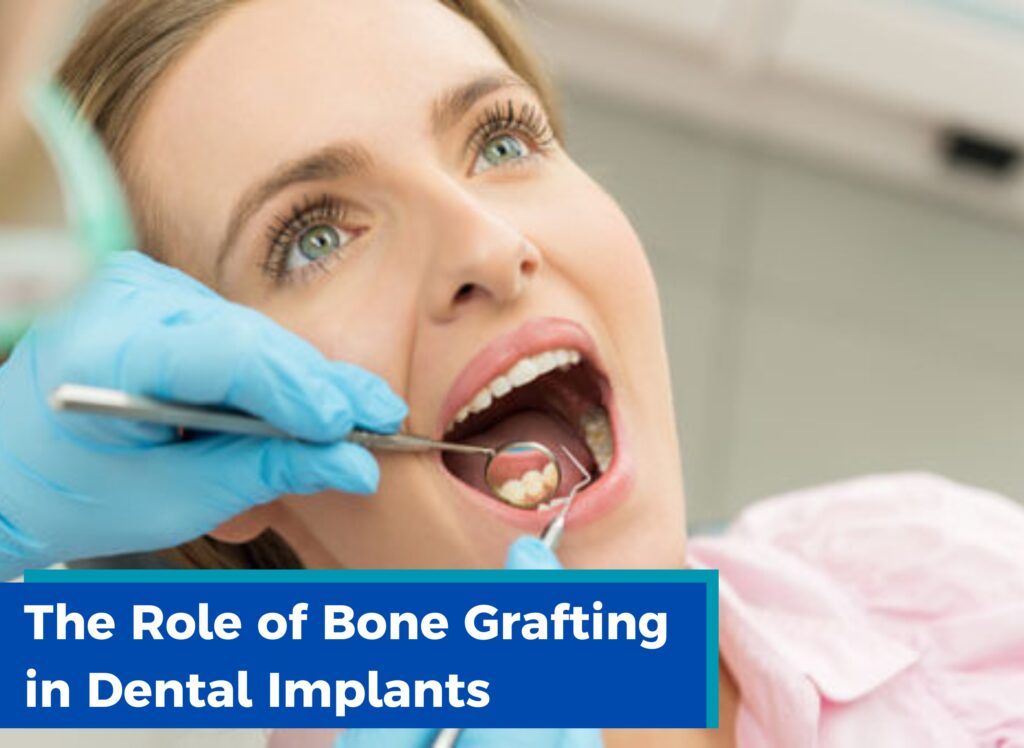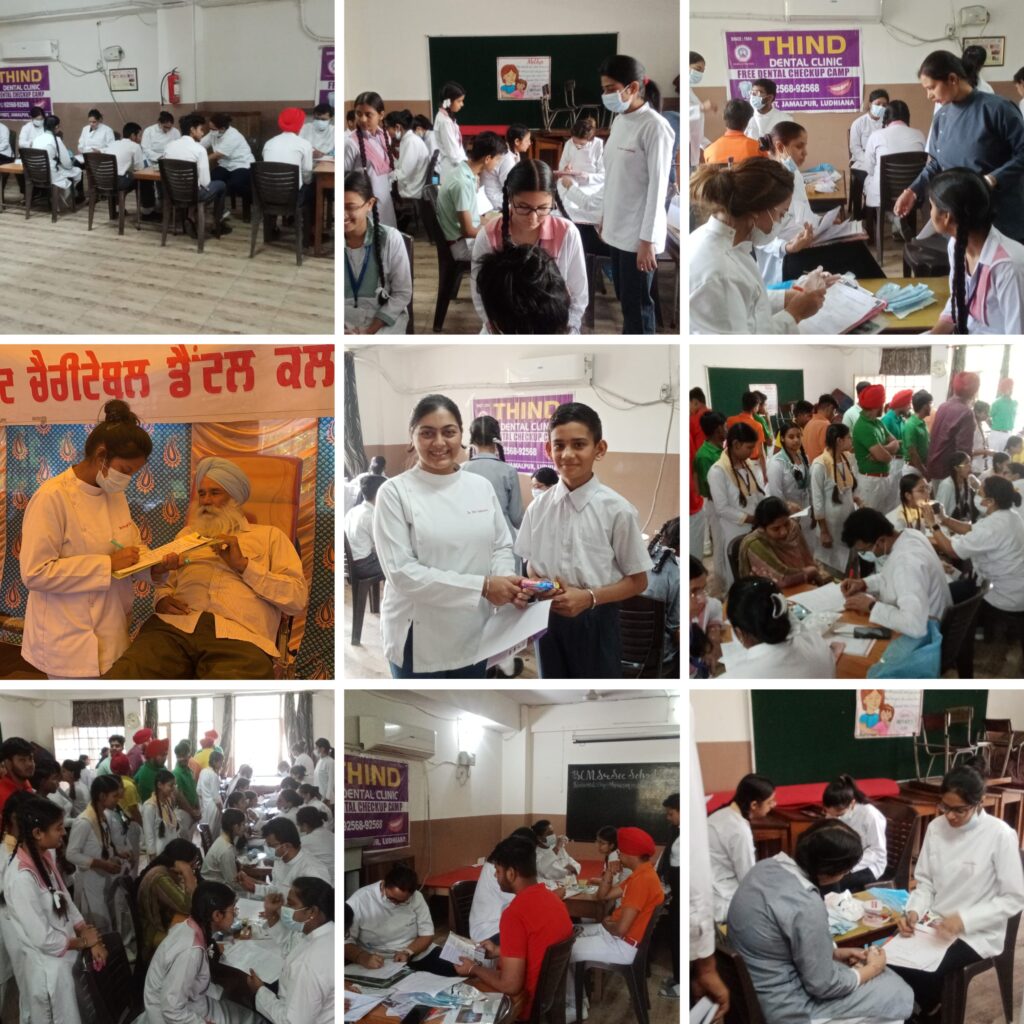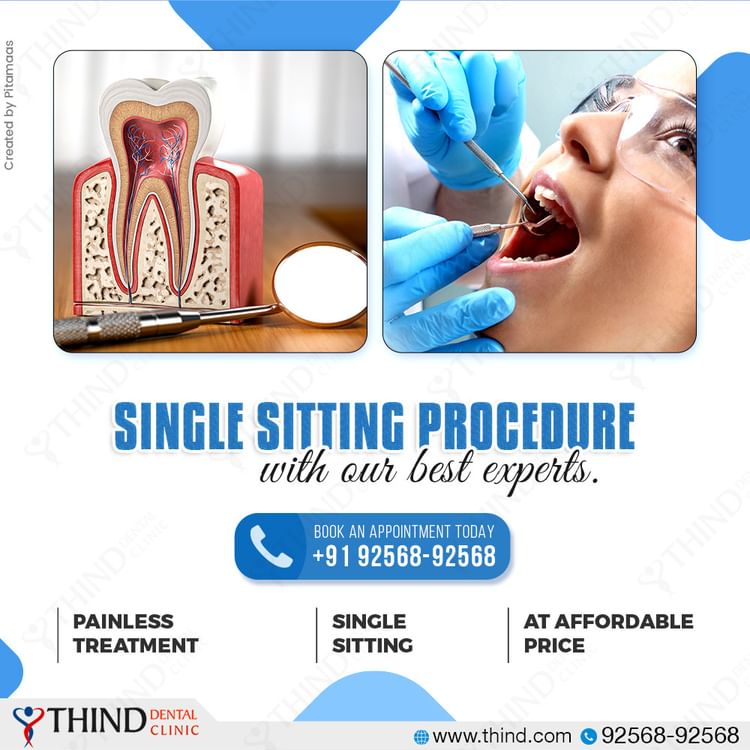Dental implants have revolutionized the field of restorative dentistry, offering a permanent and effective solution for replacing missing teeth. They not only restore the appearance and function of natural teeth but also promote jawbone health and prevent the shifting of adjacent teeth. However, not everyone is an ideal candidate for dental implants due to the condition of their jawbone. This is where bone grafting comes into play, as it plays a crucial role in making dental implants possible for many patients. At Thind Dental Clinic in Ludhiana, we understand the significance of bone grafting in ensuring successful dental implant procedures, and we are dedicated to providing our patients with the best possible care to achieve a healthy and radiant smile.
Understanding Bone Grafting
Bone grafting is a specialized dental procedure that involves augmenting or restoring bone tissue in the jaw to create a suitable foundation for dental implants. The procedure is typically performed when the patient’s jawbone lacks the necessary density or volume to support the dental implant securely. This lack of bone density can be a result of various factors, such as tooth loss, periodontal (gum) disease, or long-term use of dentures, which may have caused bone resorption or deterioration.
The Bone Grafting Process:
1. Comprehensive Examination: Before recommending bone grafting, our experienced dental team at Thind Dental Clinic conducts a thorough examination of the patient’s oral health. This examination includes X-rays and 3D imaging to assess the condition of the jawbone and identify areas of bone loss or deficiency.
2. Selecting the Grafting Material: There are various types of bone grafting materials used in dental procedures, including autografts (patient’s bone), allografts (donor’s bone), xenografts (animal bone), and synthetic grafts. The choice of grafting material depends on the patient’s specific needs, medical history, and the extent of bone loss.
3. Bone Grafting Procedure: The bone grafting procedure is typically performed under local anesthesia to ensure the patient’s comfort. During the procedure, the chosen grafting material is carefully placed into the targeted areas of the jawbone that require augmentation. The grafting material acts as a scaffold, encouraging the natural regeneration of bone tissue over time.
4. Healing and Integration: After the bone grafting procedure, the patient’s body gradually incorporates the grafting material into the jawbone through a process called osseointegration. This integration helps in rebuilding and strengthening the jawbone, making it more suitable for receiving dental implants.
5. Dental Implant Placement: Once the jawbone has healed and gained sufficient strength, the dental implant procedure can be scheduled. The titanium-based dental implant is inserted into the jawbone and, over a few months, merges with the surrounding bone.
Benefits of Bone Grafting in Dental Implants:
1. Improved Dental Implant Success: Bone grafting significantly enhances the chances of successful dental implantation. By providing a stable and supportive foundation for the implant, bone grafting ensures the implant remains secure and functions just like a natural tooth.
2. Restored Jawbone Structure: Bone grafting helps prevent the further deterioration of the jawbone caused by missing teeth. It stimulates the growth of new bone tissue, restores the jaw’s shape and density, and prevents bone resorption.
3. Versatile Treatment Option: Bone grafting makes dental implants accessible to a wider range of patients. Even individuals with significant bone loss can benefit from this procedure and regain the ability to enjoy the long-term benefits of dental implants.
4. Enhanced Aesthetics and Function: Dental implants, supported by a strong and healthy jawbone, not only improve the appearance of the smile but also restore the ability to bite, chew, and speak comfortably and efficiently.
5. Long-lasting Solution: With proper care and maintenance, dental implants placed with the help of bone grafting can last a lifetime. They provide a durable and reliable solution for tooth replacement and offer greater longevity compared to other tooth replacement options.
Conclusion
At Thind Dental Clinic in Ludhiana, we recognize the integral role of bone grafting in achieving successful dental implant outcomes. Our skilled team of dental professionals is committed to providing top-notch care and personalized treatment plans that address each patient’s unique needs. Through bone grafting and dental implants, we help our patients regain their smiles and restore their oral health with confidence. If you are considering dental implants or have concerns about bone loss, schedule a consultation with us to explore how bone grafting can make dental implants a viable and transformative solution for you. We are here to support you on your journey to a healthier, more radiant smile.
For additional information or to arrange an appointment with us
You can contact us at +91-92568-92568
or visit us at:
THIND DENTAL CLINIC
11-12-13, 14 H.I.G Market, Opposite Water Tank, Ludhiana, Punjab 141010.
Also Read:
Single Sitting Procedure: Painless and Affordable Dental Care at Thind Dental Clinic
Dental Care for Children: Expert Tips for Parents on Caring for Your Child’s Teeth
The Importance and Benefits of Regular Dental Checkups: Ensuring Optimal Oral Health
Professional Dental Implants: Restoring Smiles with Precision and Care at Thind Dental Clinic in Ludhiana

 Timings
Timings


